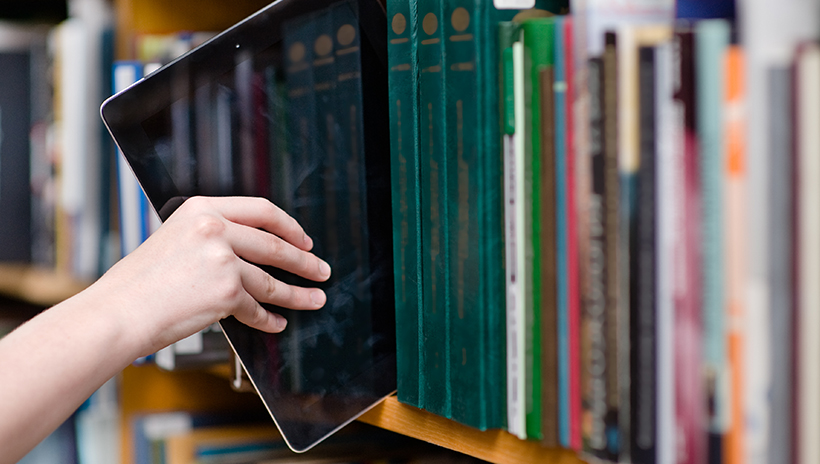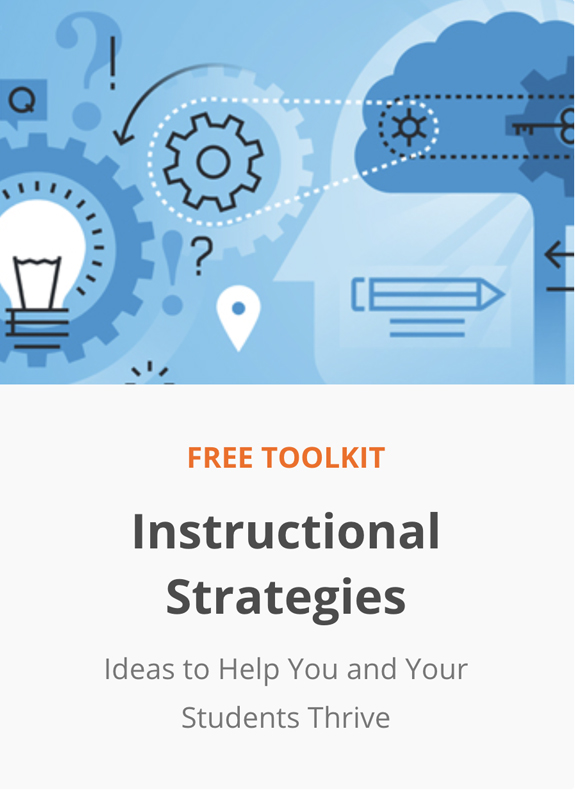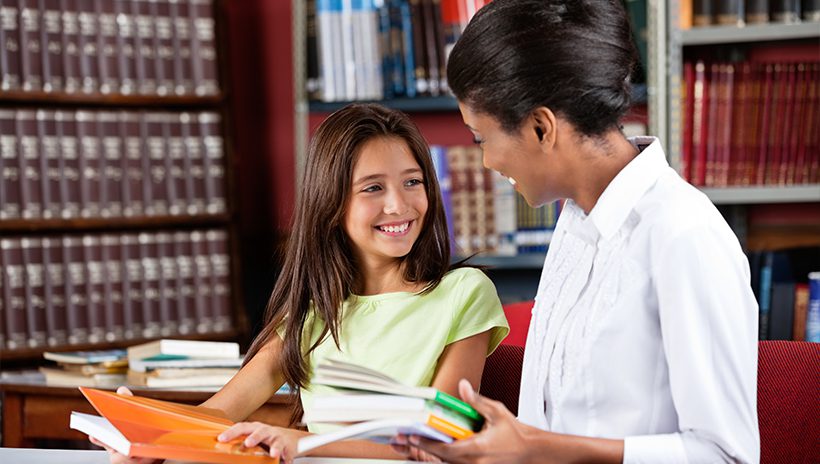My favorite book series growing up was Ann M. Martin’s The Baby-Sitters Club. I am sure I had every single book within the series. My dad allowed me to purchase them weekly, and surprisingly we purchased most at the grocery store. I also loved buying them at the school’s book fair every year. I remember looking forward to our teacher passing out the very thin book fair order sheet and praying that my parents would allow me to get a few books.
Aside from The Baby-Sitters Club series, I was also drawn to the V.C. Andrews series, and of course everyone loved all of Beverly Cleary’s books. What I missed were books that uplifted me as a young minority girl who resided in a neighborhood where dreams rarely came true for kids like me. This is where the concept of embedded librarians comes into play. It was needed during my childhood and is needed more than ever for our current students who are paving the way for more diversity and inclusiveness in all areas of life. As librarians and educators work collaboratively, they are able to assist with the school-to-prison pipeline while also working to bridge academic gaps. While it seems difficult and time consuming, it’s not. It becomes a reward to see the dynamic between educator and librarian.
Years after my first year as a teacher, I still hold true to the same sentiments; if our school librarians and teachers work collaboratively, there would be so many more students that would be able to execute their dreams. The many activities and collaborations that can be created by the dynamic duo of educators and librarians would not just shape the minds of our students but build self-efficacy as well for our students. Embedded librarianship is as simple as working with the librarians at your school to create a list of references for Women’s History Month or National Poetry Month. It can be as simple as allowing librarians to show students LibGuides or walk them through how to do book reports using Vimeo. There would only be a problem if both failed to do their part.


Don’t miss Kiera Vargas’s companion webinar: get practical strategies for “Becoming the K–12 Embedded Librarian”!
I grew up in the era of card catalogs, and the only way for us to navigate through the library was by utilizing those cards. With the growth of technology, our students have far more opportunities and resources, but they need their educators and librarians to assist them. In the 1980s and 1990s, my peers and I were allowed to go to the library during the school hour if we were on our best behavior. I attended schools that were considered “challenging.” I still remember many occasions when I received hall passes to go to the library. This excited me, and I honestly wished that some of my classroom friends were able to go with me because for me, the library was and still is a place where I felt safe. The library was my sacred place, and the peers who were “punished” felt as if they were not smart enough, which lowered their morale. Unfortunately this tactic is still used, and students see the library as a privilege versus a place where all kids should be encouraged to visit. Some librarians centered their energy on helping the “best” students instead of trying to help all of my classmates. This model should be destroyed, but it’s still an unfortunate issue within the walls of our schools.
During my visits to both the school and public libraries that I frequented on weekends, it was rare for me to see a librarian assisting their patrons. They worked quietly behind their desks, failing to pay attention to their patrons. This model is still common throughout our library system, and by implementing embedded librarianship, it would hold librarians accountable.
With the growth of technology, the growth and evolution of written materials that are now transformed into audiobooks, and the many new databases, librarians are now challenged to think differently and to learn to be open-minded. K–12 librarians in particular are now expected to find novel ways to assist their patrons.


How Can K–12 Librarians Transition to Embedded Librarianship Without Feeling Overwhelmed?


Daily, we all use technology in ways that we would not have imagined 20-plus years ago. The challenge for an embedded librarian typically becomes whether there is time available to assist in every classroom. The answer is yes! As the educator and the librarian collaborate, network, and discover tools that are available, all will learn that this phenomenon is really second nature.
In elementary school, I recall the challenges of finding information during Black History Month. There was always limited material on the individuals that I wanted to write papers or present on, such as Quincy Jones and Ella Fitzgerald. There was also a shortage of willing librarians to assist with helping.
Searching for books with main characters who looked like me was also a challenge because, according to our librarians, there were none. When class projects were assigned in elementary school, like most of our current students, I did not have the material at home that would allow me to be successful. But with an embedded librarian who works with their educators, there are limitless possibilities! From LibGuides, to creating fun book talks on Vimeo, to holding short class sessions that can be recorded and reused, the embedded librarian has the flexibility to be creative. There are also strategies and ways that math teachers, language teachers, and music teachers can all collaborate with their librarians as well.
With technology and the ability to network, librarians on the K–12 levels can create forums and groups to share ideas without feeling the pressure of doing it alone.
The librarians are also able to make all students feel as if they deserve to be at the library. While this is a trend that many are just unsure how to navigate, the possibilities and opportunities will allow all of our students to believe in themselves and follow their dreams.


Teachers and librarians are the gatekeepers of knowledge; they have the power to help our students see themselves beyond their community. I challenge you, the librarian, and you, the educator, to create a partnership to empower your students and help improve our education system.

